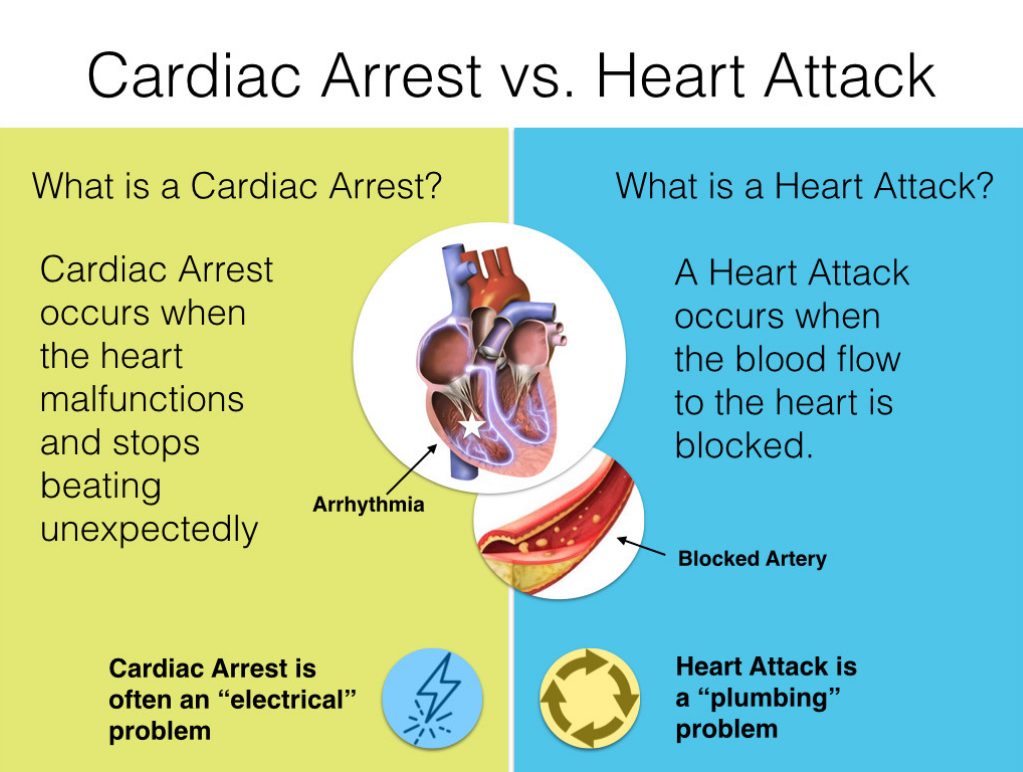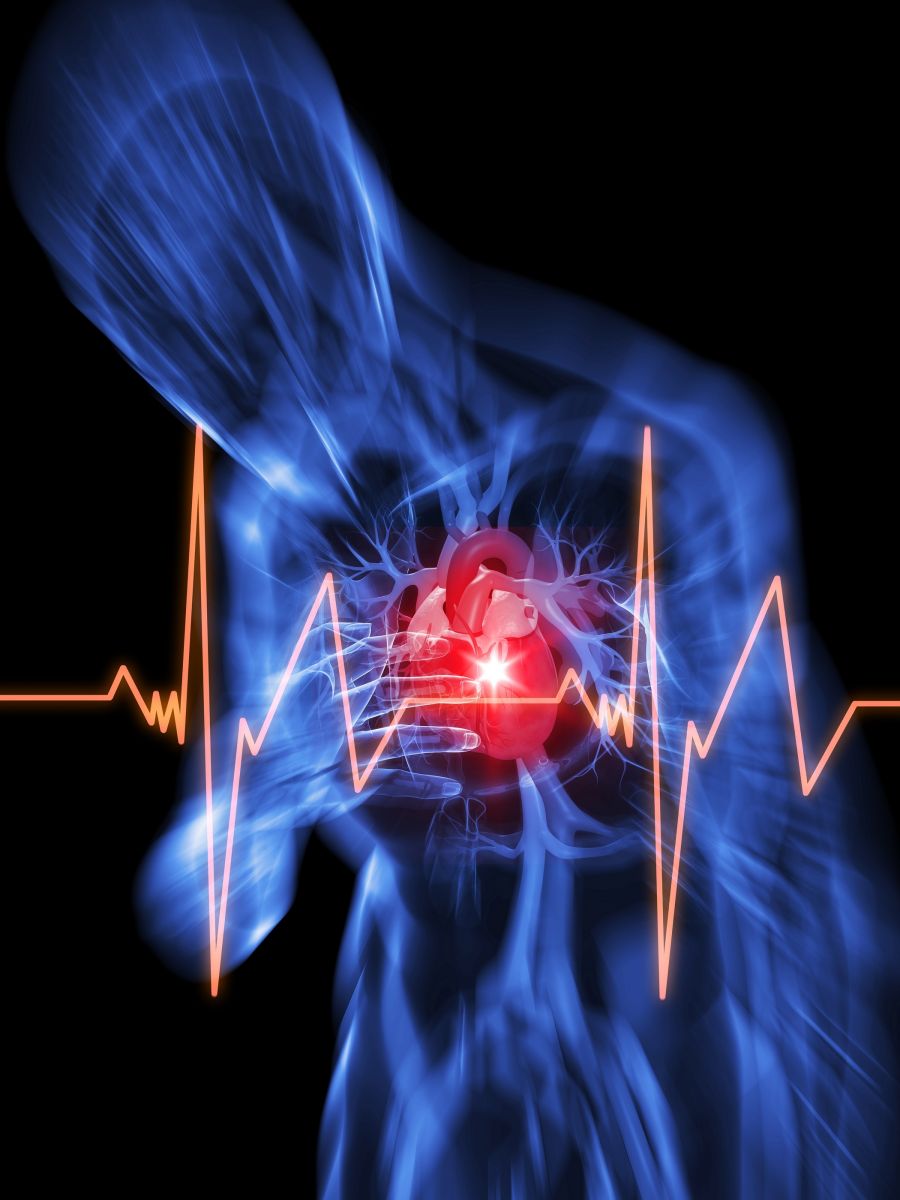Cardiac arrest is a medical emergency that occurs when the heart suddenly stops beating. It is a life-threatening condition that can cause death within minutes if not treated promptly. The heart can be revived after cardiac arrest, but it requires immediate medical attention and proper treatment.

Causes of Cardiac Arrest
Cardiac arrest can be caused by a variety of factors, including heart disease, heart attack, electrocution, drowning, trauma, drug overdose, and respiratory failure. In most cases, cardiac arrest is caused by an abnormal heart rhythm called ventricular fibrillation, which prevents the heart from pumping blood effectively.

Symptoms of Cardiac Arrest
Cardiac arrest can occur suddenly and without warning. Symptoms may include chest pain, difficulty breathing, dizziness, fainting, and sudden loss of consciousness. In some cases, there may be no symptoms at all before cardiac arrest occurs.

Treatment for Cardiac Arrest
The treatment for cardiac arrest involves immediate CPR (cardiopulmonary resuscitation) to help circulate blood to the brain and other vital organs until medical help arrives. An automated external defibrillator (AED) may also be used to shock the heart back into a normal rhythm.

Post-Cardiac Arrest Care
After the heart has been revived, it is important to provide post-cardiac arrest care to help prevent further complications and improve the chances of a full recovery. This may include medication to stabilize the heart rhythm, oxygen therapy to improve breathing, and monitoring of vital signs.

Cardiac Rehabilitation
Cardiac rehabilitation is a program that helps people recover after a heart attack or cardiac arrest. It includes education, counseling, and exercise therapy to help improve cardiovascular health and reduce the risk of future heart problems.
Preventing Cardiac Arrest
There are several steps that can be taken to help prevent cardiac arrest, including maintaining a healthy lifestyle, managing stress, quitting smoking, and controlling high blood pressure and cholesterol levels. Regular exercise and a healthy diet can also help reduce the risk of heart disease and cardiac arrest.
Conclusion
Cardiac arrest is a serious medical emergency that requires immediate attention and treatment. With prompt medical care and proper post-cardiac arrest care, the heart can be revived and the chances of a full recovery can be improved. It is important to take steps to prevent cardiac arrest by maintaining a healthy lifestyle and controlling risk factors for heart disease.